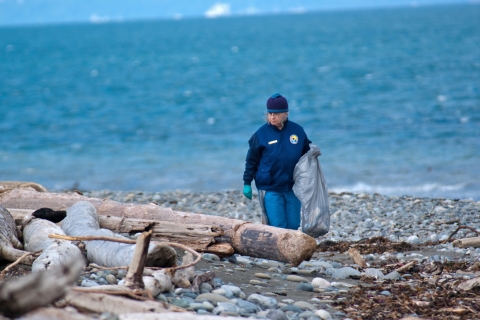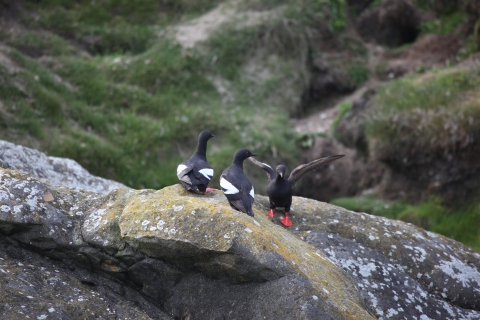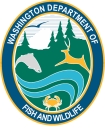Ways to Get Involved
Never doubt that a small group of thoughtful, committed citizens can change the world; indeed, it's the only thing that ever has. - Margaret Mead
From its start in 1903, the National Wildlife Refuge System has owed its very existence to concerned citizens eager to protect America's natural resources. More than 200 nonprofit Refuge Friends organizations support national wildlife refuges, whether they work with a single refuge, a refuge complex or an entire state. Friends members are crucial to conserving and protecting our nation’s wildlife and teaching millions of Americans that their actions today determine the conservation legacy of tomorrow.
More than 42,000 people volunteer their time and ideas each year to the U.S. Fish and Wildlife Service. Whether they work on the land, in a visitor center or with youth, they contribute to the conservation mission that reaches back more than a century. Become a volunteer or Refuge Friend to contribute your strength on behalf of America’s natural resources.
Due to the remote nature of San Juan Islands NWR, on-refuge volunteer opportunities are very limited. However, several organizations offer volunteer programs that directly benefit the mission of the National Wildlife Refuge System.
Marine Debris
A major threat to the health of shoreline habitat is the presence of marine debris. Tufted puffins may mistake floating plastic bags for tasty jellyfish. Harbor seals become entangled in discarded fishing nets. Gulls feed their chicks bits of plastic and glass. Keeping all the shorelines in the San Juan Islands free of trash benefits the Refuge and the wildlife that lives here. Friends of the San Juans coordinates an anti-litter campaign to keep the shorelines pristine. Contact the Friends to find out how to adopt a beach, arrange a beach clean-up, or join a group beach clean-up.
Seabird Surveys
The University of Washington coordinates the Coastal Observation and Seabird Survey Team (COASST), an excellent citizen science project to monitor seabird health in the Pacific Northwest. Although beaches within the Refuge are not surveyed under this project, information gathered about the general health of the Islands’ seabird population can provide important information to refuge managers.
Our Partners
The National Wildlife Refuge System is committed to building partnerships which encourage conservation and preservation of our natural and cultural resources. Partnerships with the Refuge System bring innovative approaches to solving land management and water disputes in the most environmentally protective manner. Scientifically-informed and technologically-based stewardship of our public lands, waters, wildlife and special places must be collaborative efforts between the Refuge System, other government agencies, and private organizations if conservation efforts are to succeed.
The Refuge partners with several agencies in the San Juans to jointly protect these fragile island habitats for the creatures that depend upon them, while also providing recreational activities for human visitors.
Washington State Parks
The campgrounds on Turn Island and Matia Island are managed in cooperation with Washington State Parks. These are the only refuge islands open to the public so this partnership provides visitors with a unique opportunity to experience a remote island habitat.
National Park Service
As the largest tract of public land on San Juan Island, San Juan Island National Historical Park has more than six miles of public shoreline and is also a primary destination of hikers with a network of trails exploring woodlands, prairie and uplands. As a stop along the Pacific flyway, the park also provides temporary homes for more than 200 species of migratory birds.
Bureau of Land Management
San Juan Islands National Monument encompasses approximately 1,000 acres of land spread across many of these rocks and islands. The National Monument contains a wide array of habitats, with woodlands, grasslands, and wetlands intermixed with rocky balds, bluffs, inter-tidal areas, and sandy beaches.










